Anderson...100, 200, 400, A-Series...whats the difference?
nikkidan
12 years ago
Featured Answer
Comments (14)
millworkman
12 years agonikkidan
12 years agoRelated Professionals
Baltimore Window Contractors · Fishers Window Contractors · Suamico Window Contractors · Fort Collins Window Contractors · Bellwood Window Contractors · Abington General Contractors · Bowling Green General Contractors · Forest Hills General Contractors · Greenville General Contractors · Lakeside General Contractors · Markham General Contractors · Monroe General Contractors · Avocado Heights General Contractors · La Grange Carpenters · San Mateo Carpentersmillworkman
12 years agonikkidan
12 years agomillworkman
12 years agoWindows on Washington Ltd
12 years agoEric Solsrud
7 years agomillworkman
7 years agoBoomerSooner
7 years agoBoomerSooner
7 years agoHomeSealed Exteriors, LLC
7 years agoBoomerSooner
7 years agoHomeSealed Exteriors, LLC
7 years ago
Related Stories

TILEEpoxy vs. Cement Grout — What's the Difference?
Grout is grout, right? Nope. Cement and epoxy versions have different appearances, durability and rules of installation
Full Story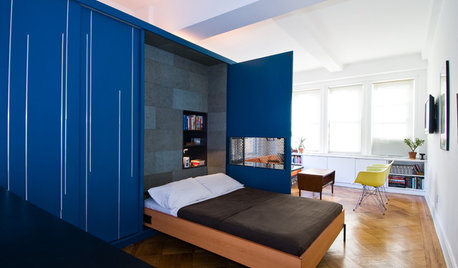
HOUZZ TOURSHouzz Tour: 400-Square-Foot Unfolding Apartment
Inventive Murphy bed cabinet gives tiny Manhattan apartment ultimate flexibility
Full Story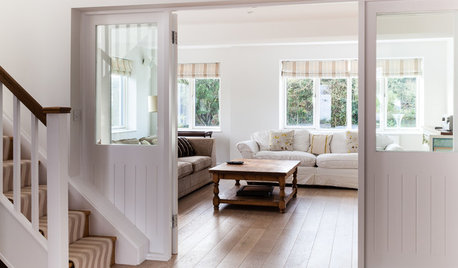
BUDGET DECORATING9 Tricks to Boost Your Home’s Appeal for Less Than $400
Whether you’re redecorating or just doing a quick update, check out these ways to enhance your home on a budget
Full Story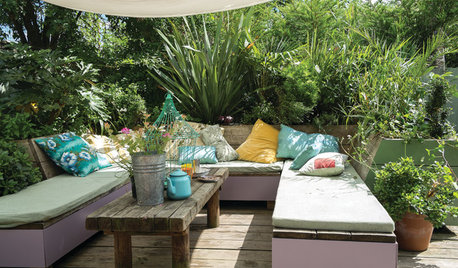
LIFEHouzz Call: Where (and What) Are You Reading This Summer?
Whether you favor contemporary, classic or beach reads, do the long and lazy days of summer bring out the lit lover in you?
Full Story
KITCHEN CABINETSChoosing New Cabinets? Here’s What to Know Before You Shop
Get the scoop on kitchen and bathroom cabinet materials and construction methods to understand your options
Full Story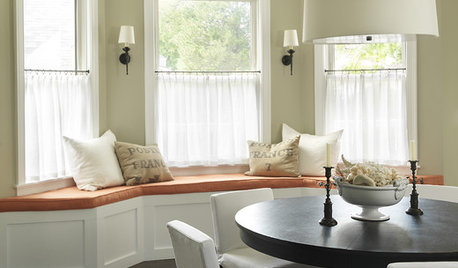
LIGHTINGGuest Picks: Marching to a Different Drum Shade
Follow a designer as she hunts down the perfect light for her client
Full Story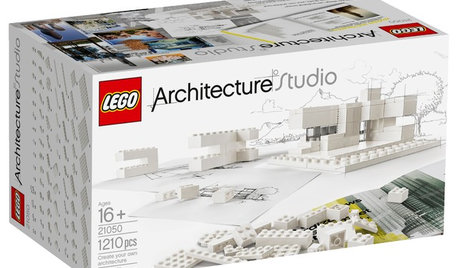
FUN HOUZZWhat Could You Imagine With Lego's New Architecture Kit?
Go ahead, toy around with wild building ideas. With 1,210 all-white blocks at your disposal, it's OK to think big
Full Story
MATERIALSInsulation Basics: What to Know About Spray Foam
Learn what exactly spray foam is, the pros and cons of using it and why you shouldn’t mess around with installation
Full Story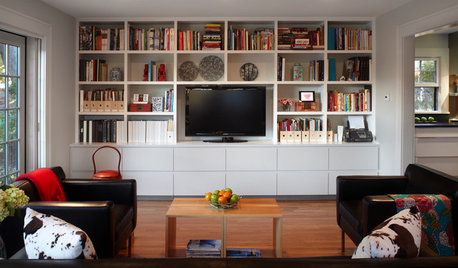
GREAT HOME PROJECTS25 Great Home Projects and What They Cost
Get the closet of your dreams, add a secret doorway and more. Learn the ins and outs of projects that will make your home better
Full Story
COLLECTIONSWorld of Design: 9 Cool Collectors and What They Keep at Home
Meet the people behind some museum-worthy assemblages — from a house of hats in Los Angeles to dinosaur art near London
Full StorySponsored
Most Skilled Home Improvement Specialists in Franklin County
More Discussions








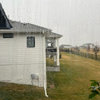

HomeSealed Exteriors, LLC